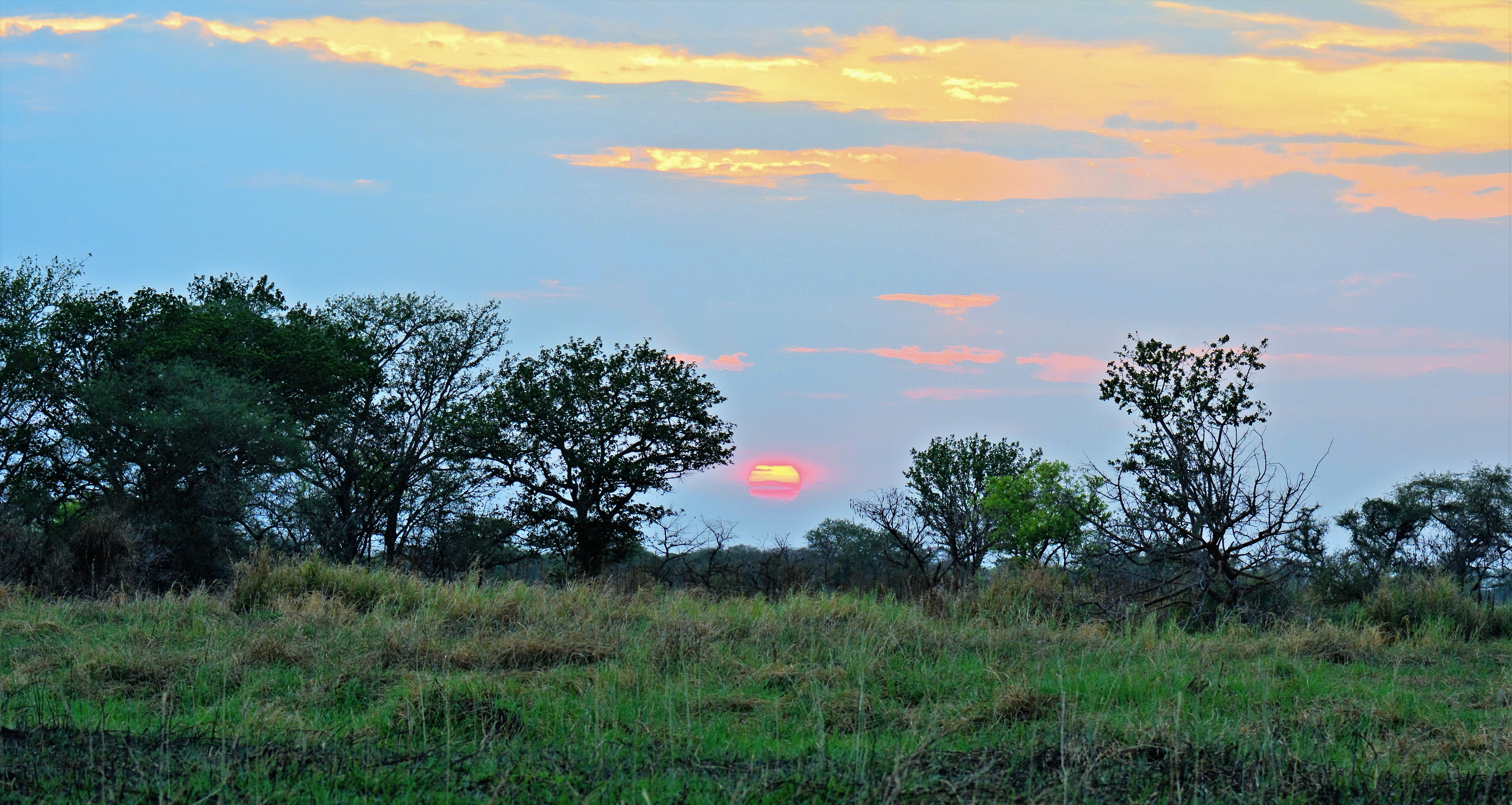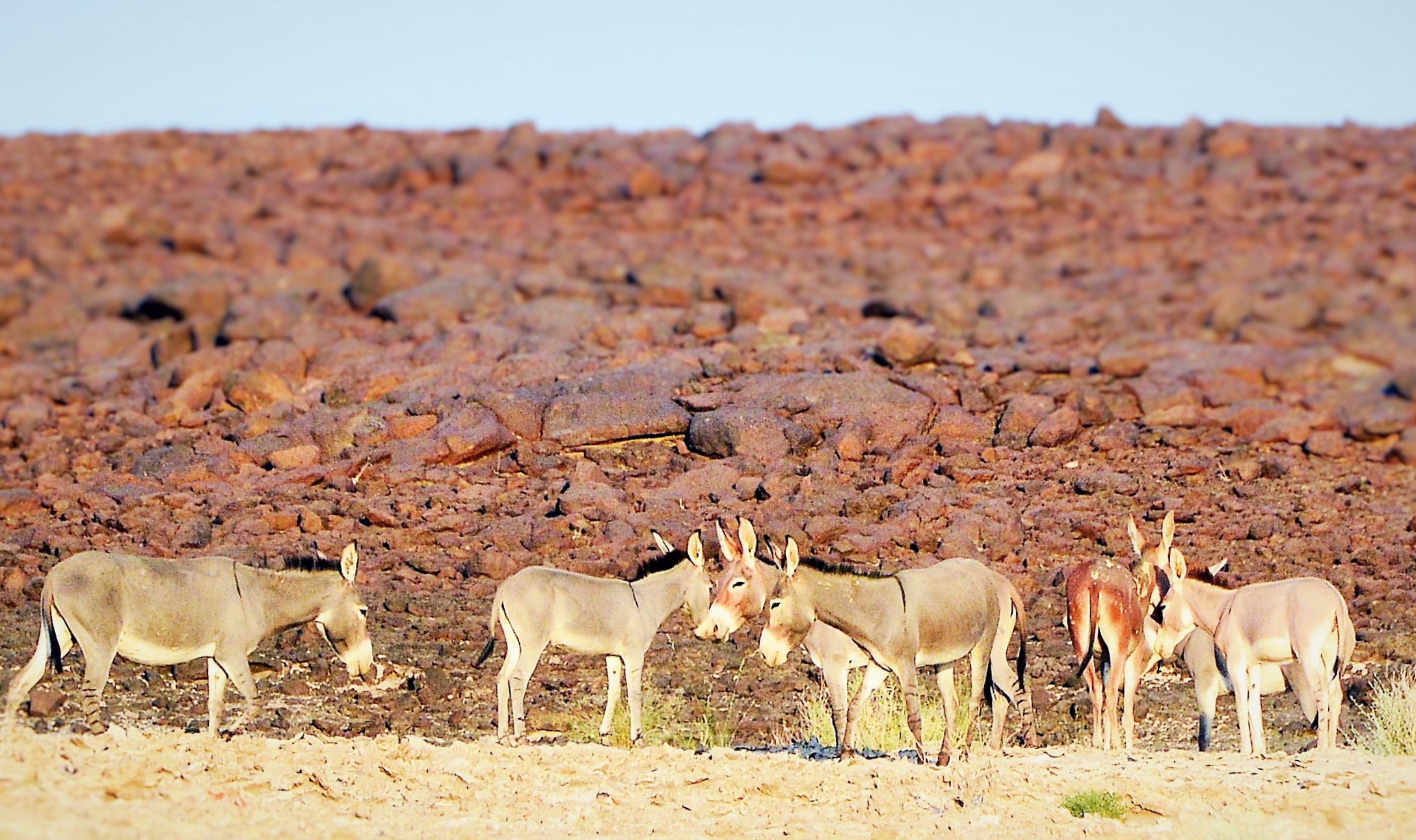Meet the Conservationist: Ludwig Siege
Wild by Heart – Ludwig Siege
Dr. Ludwig Siege is a true-blue conservationist with some 37 years of work experience in the African bush sitting lightly on him. Having been with GIZ in different positions for natural resource management, Ludwig is a jack of all trades – manager, angler, hunter, birder, photographer, author and master of surviving the bush. For serving the larger cause with a smile, and his altruism ACT is proud to name Ludwig as conservationist of the month – Ed. Pai
|
Catch of the month. Photo credit: Ludwig Siege. |
Pai – When, where and how did you end-up getting into the thick of wildlife work in Africa?
Ludwig – I trained as an economist and was doing a Ph.D. in Agricultural Economics at the University of Kiel when GTZ (now GIZ) hired me as project officer for Integrated Rural Development projects. I was posted out to IRD-projects in Tanzania and then Zambia, which kindled my interest in African wildlife, which was a resource not really included in the IRD-concepts at that time. I then travelled back and forth from Germany to Sudan for 3 years at the start of the Darfur crisis, before moving on the Selous Conservation Program in Tanzania for 10 years. Later I did 3 years of natural resource management in Madagascar before heading out to Ethiopia in 2008, where I am in charge of a support program for the Ethiopian Wildlife Conservation Authority (EWCA).
Pai – Tell us about your longish stint in Tanzania.
Ludwig – The Selous is the largest protected area of Africa. The program funded by the German government helped restore it after heavy poaching losses in late 1980s. When we first went there were an estimated 20,000 elephants in 1991 and this recovered to about 76,000 by 2003, and now sadly down to 15,000 elephants. We focused on effective patrolling of Selous to protect its wildlife over a 50,000 km2 area by training and equipping scouts and officers. There were 600 scouts and rangers with about 10 GIZ project staff. We also initiated a community wildlife program in the surrounding areas. We discovered that wildlife crime can be effectively tackled by striking a balance between law enforcement and community conservation initiatives and not at the expense of one or the other.
Pai – Compare and contrast the biodiversity of Tanzania and Ethiopia.
Ludwig – Tanzania has 25% of its area under full protection i.e., game reserves and national parks. Ethiopia has now about 3% under protection, with some settlements and utilization by pastoralists. But Ethiopia is even more diverse due to high endemism and still has wilderness areas that are pristine and good wildlife populations still exist. For instance, the second highest wildlife migration in Africa happens from Ethiopia to South Sudan and back, the white-eared kob migration.
Pai – What are the pros and cons in the conservation business in Ethiopia?
Ludwig – Pros – High biodiversity, good chance of success if done well and high tourism potential.
Cons – Big population pressure, land is in great demand for agriculture/grazing, lack of awareness about the value of biodiversity, underfunded mandates of wildlife authorities and badly planned investments in large scale agro projects in prime wilderness areas e.g. Omo and Gambella.
Pai – On paper Ethiopia’s Protected Areas Management (PAM) seems respectable. What is the situation on-ground?
Ludwig – There has been progress in establishing and gazetting national parks. Just recently, 7 national parks were gazetted for the first time since 1970s viz., Awash, Simien, Bale, Alatish, Kafta Shiraro, Senkelle and Gambella. But even as there is no utilization of wildlife resources from these parks, it is rampant in the form of grazing, fire-wood cutting, charcoal burning, settlements and slash-burn agriculture. A noteworthy category of PAM in Ethiopia is the so called “Controlled Hunting Areas”. Tourists from abroad pay good money to hunt certain wildlife species. Much as quotas are low and few animals are taken this could be expanded. Not more than 400 animals are hunted per year, whereas in Germany some 1.5 to 2 million animals are hunted per year. If this hunting is stopped, these areas would be settled by people and lost for conservation. So, hunting is not all bad and can incentivize conservation.
|
Sunset at Pokedi. Photo credit: Ludwig Siege. |
Pai - How can the Ethiopian Wildlife Conservation Authority (EWCA) serve to link Universities and field ecological studies in protected areas?
Ludwig – EWCA does provide research opportunities in parks and outside protected areas as well. That being said, it should take an active role in wildlife studies and open up research projects to deserving candidates on merit basis and not limit itself merely to that of a licensing agency.
Pai – What is the status of GIZ’s proposed wildlife training center in Ethiopia?
Ludwig – The wildlife training center is on the agenda of the upcoming bilateral Ethiopia-Germany Biodiversity Program. It was mooted to fulfill a need to offer practical training for wildlife personnel including officers and wardens. Most of the training will be done by visiting lecturers and trainers.
Pai – When did you take to wildlife photography in Africa?
Ludwig – I was poked by friends and colleagues to take up photography. Many EWCA colleagues were pretty good in birding, and I did not want to look an idiot in the field. I started clicking pictures to identify birds and now can’t get enough of it. I have now taken photos of some 600 bird species and subspecies out of some 900 birds in the country.
Pai – What do you consider your best birding moment?
Ludwig – It has to be the one in the swamps of Gambella at Pokedi village. I saw 7 shoebills on trees all around me – strange-looking storks and it is unusual to see them perching on trees. The second best moment was sighting two Prince Ruspoli’s turacos in a shrubby bush area near Negele-Borena in the south.
Pai – How about your best wildlife sighting?
Ludwig – A walia ibex group spotted at 400 m in a rock cliff cool on my first visit to Simien in 2009 was very. I later sighted very tame ibex by the roadside and this took away a bit of my earlier thrill. Compared to the 1960s, the walia ibex has recovered and it’s a big conservation success in Ethiopia. I would also rate the huge Nile crocs of Lake Chamo and the white-eared kob migration of Gambella as among my top wildlife sightings.
Pai – What is the cause and remedy for drastic wildlife declines?
Ludwig – The cause is often wrong policies. In the countries where private ownership of wildlife is allowed by law and sustainable utilization is practiced, wildlife populations have recovered well in the past few years, as in South Africa where wildlife numbers have increased manifold over the last 50 years. However, a negative example is Kenya, where wildlife populations crashed outside parks because they stopped utilization altogether. Thus the dictum, “use it or lose it” applies to wildlife also.
|
The precious herd at Bido. Photo credit: Ludwig Siege. |
Pai – Who are the conservationists you admire most in Africa and why?
Ludwig – I admire Mike Norton-Griffith who pioneered aerial sampling surveys in Kenya, John Hanks who founded WWF in South Africa and Prof. Marshall W. Murphree who founded Zimbabwe’s Campfire Program. These are men who go about their work without making a song and dance about it. They enunciate policies and programs that work in Africa.
Pai – What is your favorite wildlife destination and why?
Ludwig – Selous is still my favorite haunt and Gambella is a close next. I love nothing better than camping in wilderness areas, being surrounded by wildlife, hearing the lions roar at night and the bird songs at twilight. I don’t so much care for the fancy luxury lodges which people nowadays consider as part of the African experience.


